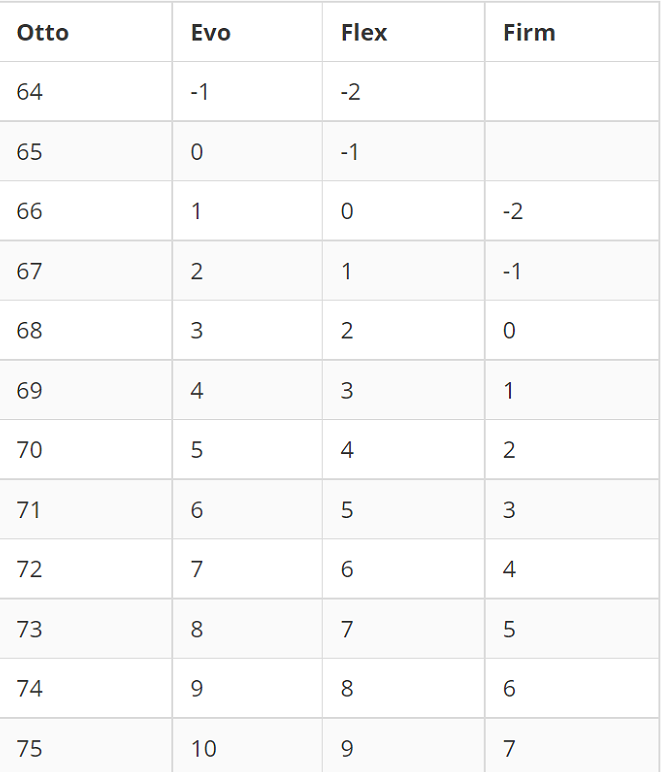Ostrza łyżwiarskie Skate-tec Otto
- Obserwuj produkt:
- Dodaj recenzję:
- Kod: 3806
- Producent: Skate-Tec
-
Dostępność:
 na zamówienie (7-14 dni roboczych)
na zamówienie (7-14 dni roboczych)
-
- Czas realizacji: 7-14 dni roboczych
-
Historia ceny
- 4 190,00 zł / para
-
Płatność gotówką, Płatność przelewem, Szybki przelew online, Przelewy24
The Otto is the result of many years of development initiated by and named after Otto den Braver. It is the first shorttrack skate featuring a bridge construction. By using a bridge instead of standard cups the design overcomes many of the problems with standard shorttrack skates. The bridge creates a rigid construction between the front and back mounting points preventing unwanted tensions caused by inaccuracies in the boots. It also allows the blade to flex more and use it with less bend. Less bend in turn reduces the friction and increases the gliding capabilities at higher speeds.
Introduction
The Otto was designed with the idea to challenge the fixed distance of 165mm between the cups. This has been achieved by the use of a bridge connecting the front and the back together with a span of 215mm while keeping the 165mm mounting points on the boot. Another great benefit of the blade is that with the bridge design the bendingchanges a lot less to almost nothing at the start.
Tube Styles
We have a couple of variations available all with a spacing of 215mm, at the moment this seems to be the sweet spot but we may go for a bigger spacing in the future. The tubes are available in Flex and Firm whereas the Flex is in normal Flex and Flex FT. Where Firm gives the most pressure and the Flex FT the least. The pressure difference between a Firm and a Flex is a bit more noticeable than that of the M-Wave. The pressure with a Flex is comparable to that of a Firm M-Wave.
Tuning
After feedback of skaters like Shaolin, Wu Dajing and Viktor An we found there is no optimal setup for the skate. You can tune it to your own likings. If you want long powerful strokes you go for a flatter rocker in the middle and a bit less bend than normal (roughly 2 less than the M-Wave on a Marchese style gauge). If you rather want a lot of steering and more agile feeling you can keep a normal rocker with a lot less bend (about 5 less). Also let the bend increase less towards the front. One thing some skaters experience is that the blade is digging in with the front at high speed laps. This can be solved by making the front more round. Or using less bend with the later a more easy solution.
Benefits
- No bending change
- More stable feeling
- Better dynamics
- Quick change of blades
- More customization options (spacing/center of pressure and flex)
Height
We have a different method of determining the height of the bridge (before the cups). Instead of +1 etc we are now measuring the distance between the back mounting point and the bottom of the lip. For the height it is advisable to go 1-2 mm higher than before since you will be able to lean more and your boot will touch the ice more quickly.

Informacje o bezpieczeństwie produktu Informacje o producencie.
Zadaj pytanie dotyczące produktu. Nasz zespół z przyjemnością udzieli szczegółowej odpowiedzi na zapytanie.


